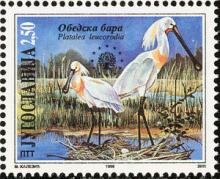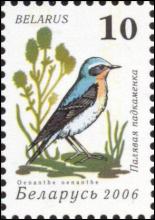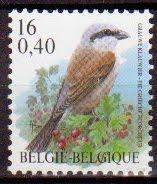The decline of the Kentish Plover in the Dutch Delta relates to insect decline and surface water contamination with imidacloprid
The population of the Kentish Plover Charadrius alexandrinus in the Netherlands has declined from 700-900 pairs in 1973-1977 to 180-210 pairs in 2008, three-quarters of which were breeding in the Dutch Delta area. Reproductive success of the Kentish Plover in the Delta area in 2000-2005 was on average only 0.39 chicks per pair per year, which is far too low to sustain the population. The most recently recorded (2007-2008) decline of the Kentish Plover population in the Delta area (estimated at 144 pairs in 2008) can be attributed to a large extent to changes in the breeding populations in the Grevelingen lake area, which showed a decline from 91 pairs in 2007 to 59 pairs in 2008. In its most important breeding area (Slikken van Flakkee) there was a decline from 62 pairs in 2007 to 32 pairs in 2008, which coincides with recent decline of the Red-listed bumblebee Bombus muscorum in this area (several dozens were sighted in 2005, but only 1 in 2009) and possibly other wild bee species as well. In addition, there is evidence of insecticide (imidacloprid and carbendazim) contamination of surface water in 2007 on the island of Goeree-Overflakkee, i.e. in the vicinity of the Slikken van Flakkee, at levels that are bound to be toxic to insects.





